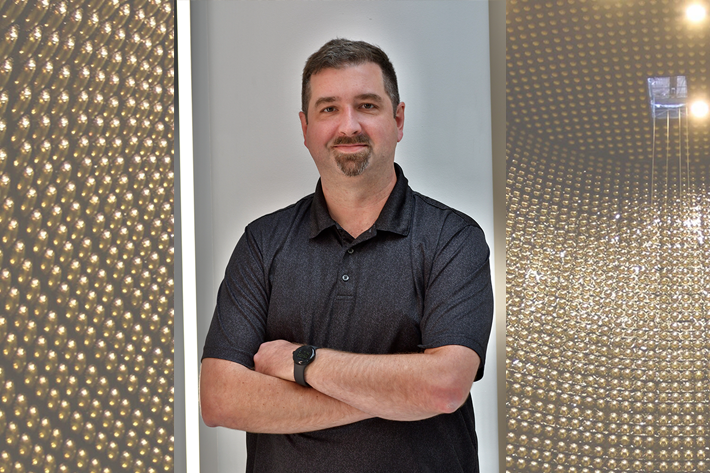Events
Events Calendar
WAPhLS Talk: Lindsay Glesener
Tuesday, Oct. 20, 2020, 5:30 p.m. through Tuesday, Oct. 20, 2020, 6:30 p.m.
This talk will describe the use of student-built small satellites to study X-rays from solar flares. Solar flares are sudden releases of magnetic energy on the Sun, with a large fraction of that energy going into particle acceleration. Being relatively nearby, the Sun offers the opportunity to study astrophysical particle acceleration at close range. This talk will describe current efforts underway at the University of Minnesota to investigate particle acceleration in solar flares using small satellites. The Small Satellite Research Laboratory is a student-oriented research lab that, in collaboration with mentors at UMN and at other institutions, is building and launching small satellites to study solar flares as well as other astrophysical X-ray sources. Using this platform, high-energy X-ray scintillators are used for high-sensitivity, high-time-precision measurement of solar flares and will eventually reveal the time scales at which flares accelerate particles.
This event is brought to you by the Women in Physics and Astronomy as part of the Women in Astronomy and Physics Lecture Series (WAPhLS) speaker series featuring women physicists and astronomers.
Nobel Laureate Gerard 't Hooft
Thursday, Oct. 15, 2020, 3:35 p.m. through Thursday, Oct. 15, 2020, 4:35 p.m.
If we want to understand how Gravity should be reconciled with Quantum Mechanics, it might be a wise idea to consider the strongest gravitational fields, or potentials, that are possible under certain conditions. Such fields, and in particular potential energies, occur in the immediate vicinity of black holes, and nowhere else. If we could tame the forces there, while taking the laws of quantum mechanics into account, we should be on our way to "quantise gravity". In the lecture, it is shown how to set up basic ingredients for a reasonable theory, and what surprises are waiting for us there. And, all that without String Theories, AdS/CFT and such. The combination of quantum effects with gravity is believed to be at the core of the most fundamental theories concerning matter, forces, and space-time at the most basic domains of the physical world, called the Planck scale, Do space and time still exist there? Or, if not, what does?
Virtual Public Lecture: Lucy Fortson
Thursday, Oct. 8, 2020, 7 p.m. through Thursday, Oct. 8, 2020, 8:30 p.m.
Zoom info to follow
To the Zooniverse and Beyond: How Crowdsourcing Science is Solving Big Data Problems for UMN Researchers
What do lions, galaxies, cell nuclei and notes taken by the Justices of the United States Supreme Court have in common? Each of these is a topic of intense research by faculty at the University of Minnesota – and each suffers from a similar problem: too much complex data for researchers to properly analyze. You might think that computers should be able to tackle these problems, but in fact, pattern matching (a hallmark of analyzing complex data) is exactly where computers still lag behind even a human child. So how can researchers make any progress in problems where human visual processing of millions of images is required? By turning to the general public and asking for their help. This talk will describe the Zooniverse project, and will take you on a tour of the engaging projects in the Zooniverse – from the lions in the Serengeti to galaxies in the furthest reaches of time and space. Along the way, Dr. Fortson will describe the issues that researchers now face with “Big Data,” what crowdsourcing is, and how combining human intelligence with artificial intelligence is revolutionizing how science is being done.
Colloquium: Elias Puchner
Thursday, Oct. 8, 2020, 3:35 p.m. through Thursday, Oct. 8, 2020, 4:35 p.m.
Via Zoom
Exploring nanoscopic mechanisms of intra-cellular processes with quantitative single-molecule imaging techniques
Abstract:
Cellular processes are regulated by complex interactions of biomolecules. The spatio-temporal organization of these biomolecules such as their localization to intracellular organelles is critical for their function. With the breakthrough of optical single-molecule and super-resolution microscopy techniques it became possible to study the spatio-temporal organization of biomolecules on a nanoscopic length scale far below the optical diffraction limit of conventional microscopes. However, challenges remained for quantifying the abundance of biomolecules and for investigating living cells. Here, I will present our novel developments of quantitative live-cell super-resolution microscopy techniques as well as improved fluorescent probes that overcome these limitations. I will exemplify the power of such precision measurements by presenting our new insights in the protein complex initiating autophagosome formation, which degrades and recycles cellular components. Furthermore, we gained a deeper understanding of lipid droplet regulation by following fatty acid incorporation and changes in enzyme densities based on metabolic needs of cells. In my outlook I will summarize how ongoing and future applications of these techniques enable us to study phase transitions of regulatory proteins and to establish collaborative projects of biomedical relevance.
Colloquium: Lindsay Glesener
Thursday, Sept. 24, 2020, 3:35 p.m. through Thursday, Sept. 24, 2020, 4:35 p.m.
Zoom: https://umn.zoom.us/j/96481360354
Lindsay Glesener, University of Minnesota
Colloquium: Rafael Fernandes
Thursday, Sept. 17, 2020, 3:35 p.m. through Thursday, Sept. 17, 2020, 4:30 p.m.
Zoom invite: https://umn.zoom.us/j/96481360354
A hallmark of the phase diagrams of quantum materials is the existence of multiple electronic ordered states. In many cases, they cannot be simply described as independent competing phases, but instead display a complex intertwinement. In this talk, I will present a framework to describe intertwined phases in terms of a primary and a vestigial phase. While the former is characterized by a multi-component order parameter, the fluctuation-driven vestigial state is characterized by a composite order parameter formed by higher-order, symmetry-breaking combinations of the primary order parameter. Exotic electronic states with scalar and vector chiral order, spin-nematic order, Potts-nematic order, time-reversal symmetry-breaking order, and charge 4e superconductivity emerge from this simple underlying principle. I will present a rich variety of possible phase diagrams involving the primary and vestigial orders, and discuss possible realizations of these exotic composite orders in different quantum materials.
Colloquium: Claudia Scarlata
Thursday, Sept. 10, 2020, 3:35 p.m.
Zoom info to follow
Claudia Scarlata, University of Minnesota will deliver the first colloquium on the topic of "Learning about the early Universe from Nearby galaxies."
School of Physics and Astronomy Colloquium
Thursday, Oct. 31, 2019, 3:35 p.m. through Thursday, Oct. 31, 2019, 4:35 p.m.
Tate Hall B50
Speaker: Rudolf M. Tromp, IBM T.J. Watson
Subject: Low Energy Electron Microscopy
In Low Energy Electron Microscopy (LEEM) and Photo Electron Emission Microscopy (PEEM) the sample forms the cathode in a strongly decelerating/accelerating immersion objective lens. This enables low energy electrons at the sample (0-100 eV) to be used for high resolution (2 nm) image formation, diffraction, and spectroscopy. This form of microscopy came to fruition in the early 1990’s, much later than other forms of electron microscopy, and has undergone a rapid development since.
In this talk I will discuss some of the principles and unique capabilities of cathode lens microscopy (as it is generally known), and illustrate its wide range of applications with recent examples from our research program, including growth and properties of 2D materials, occupied and unoccupied momentum-resolved electronic structure, reflection/transmission experiments to study electron mean free path, and the effects of low energy electron irradiation on thin resist films. A unique feature of many of these experiments is that the lab is inside the electron microscope, rather than the other way around.I
School News
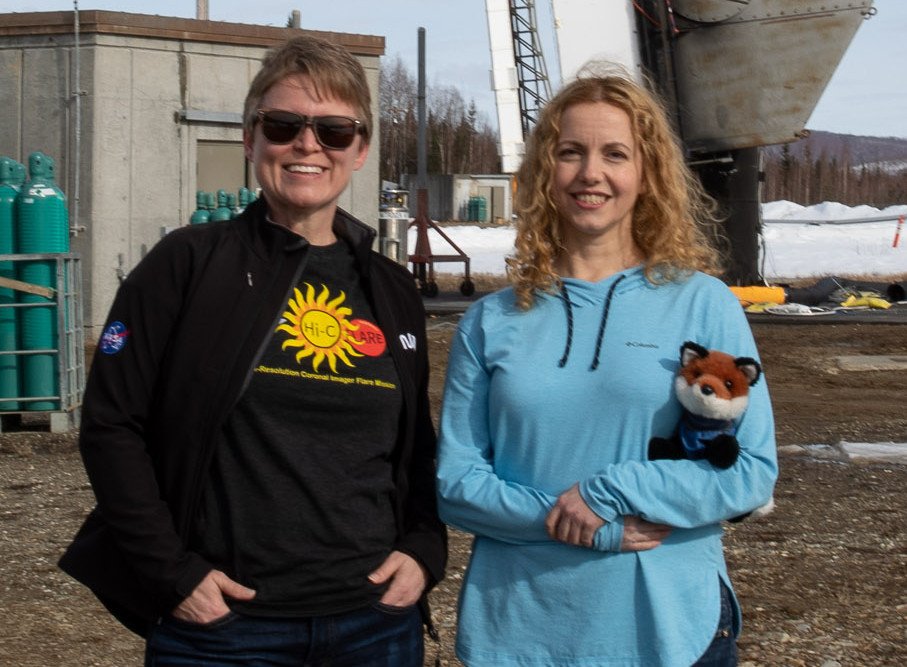
Glesener part of NASA's first solar flare observation campaign
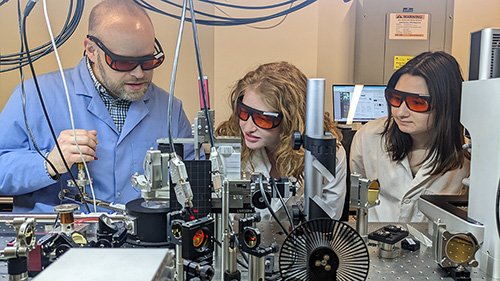
Inside Professor McLeod’s Nano-Imaging Laboratory
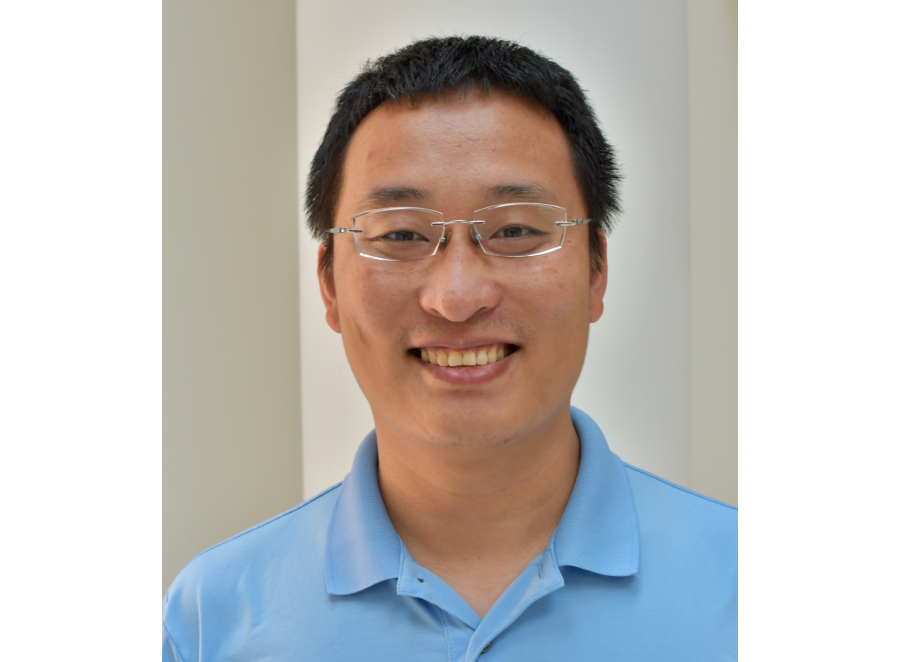
Liu receives prestigious Sloan Research Fellowship for early-career researchers
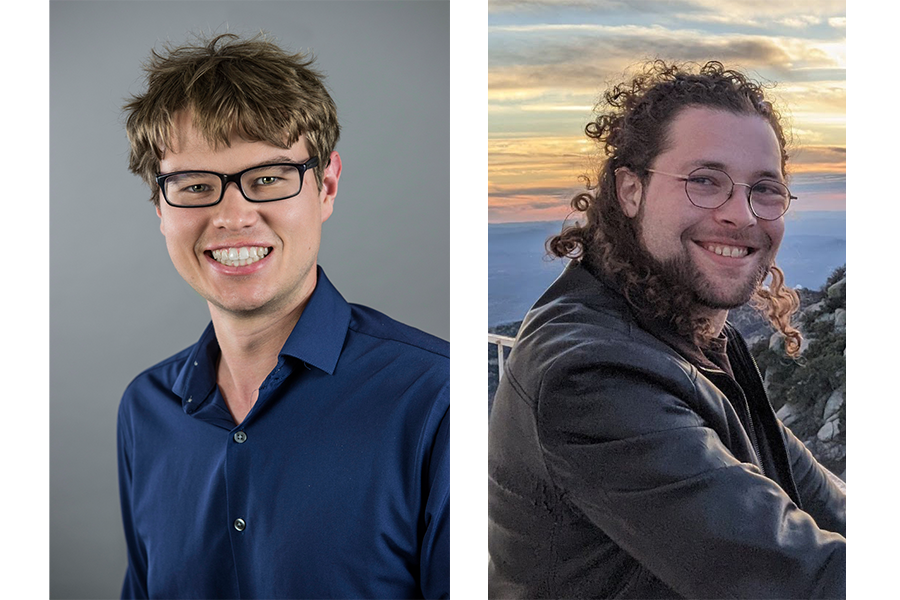
Coughlin and Criswell part of comprehensive UV light survey
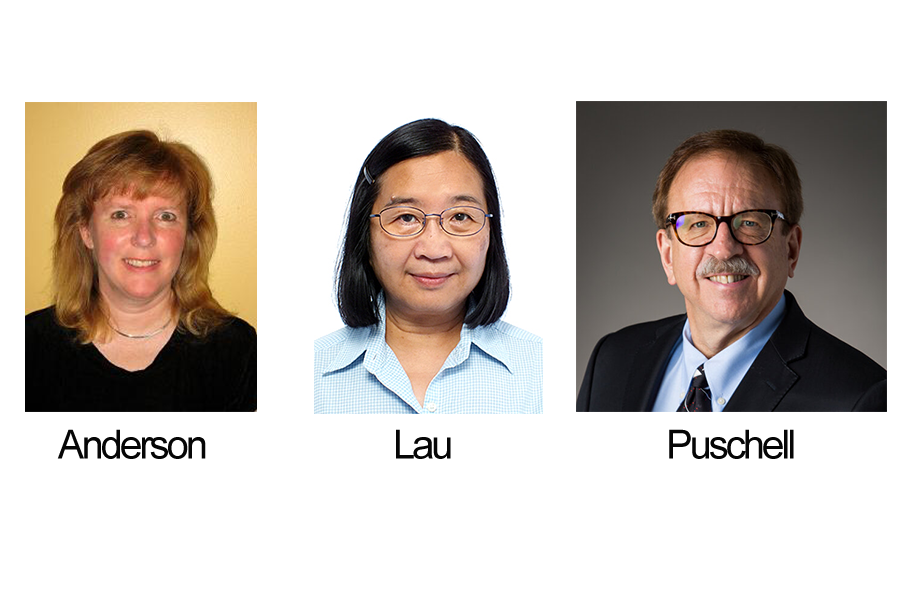
Three School Alumni elected to National Academy of Engineering
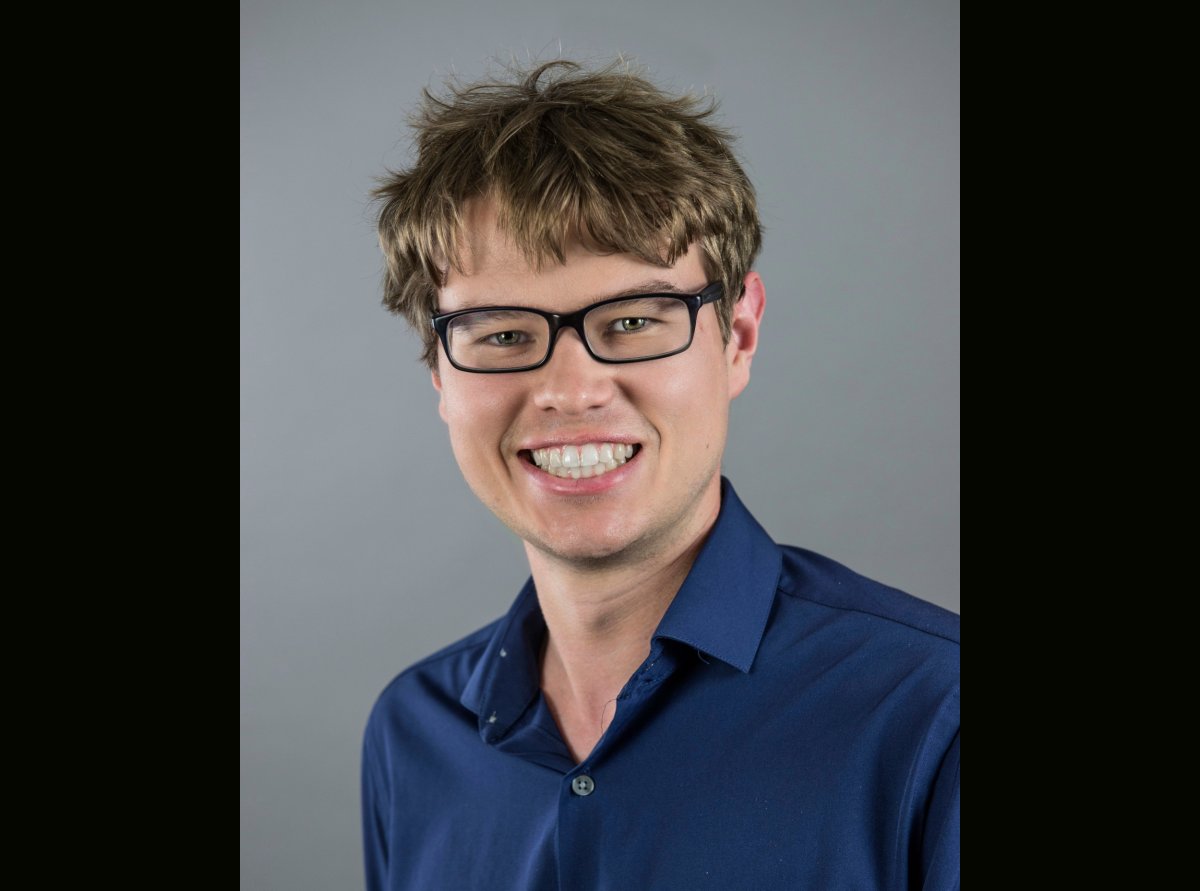
Coughlin receives McKnight Professorship

Humphreys Awarded Medal from Royal Astronomical Society

John Broadhurst, 1935 - 2023
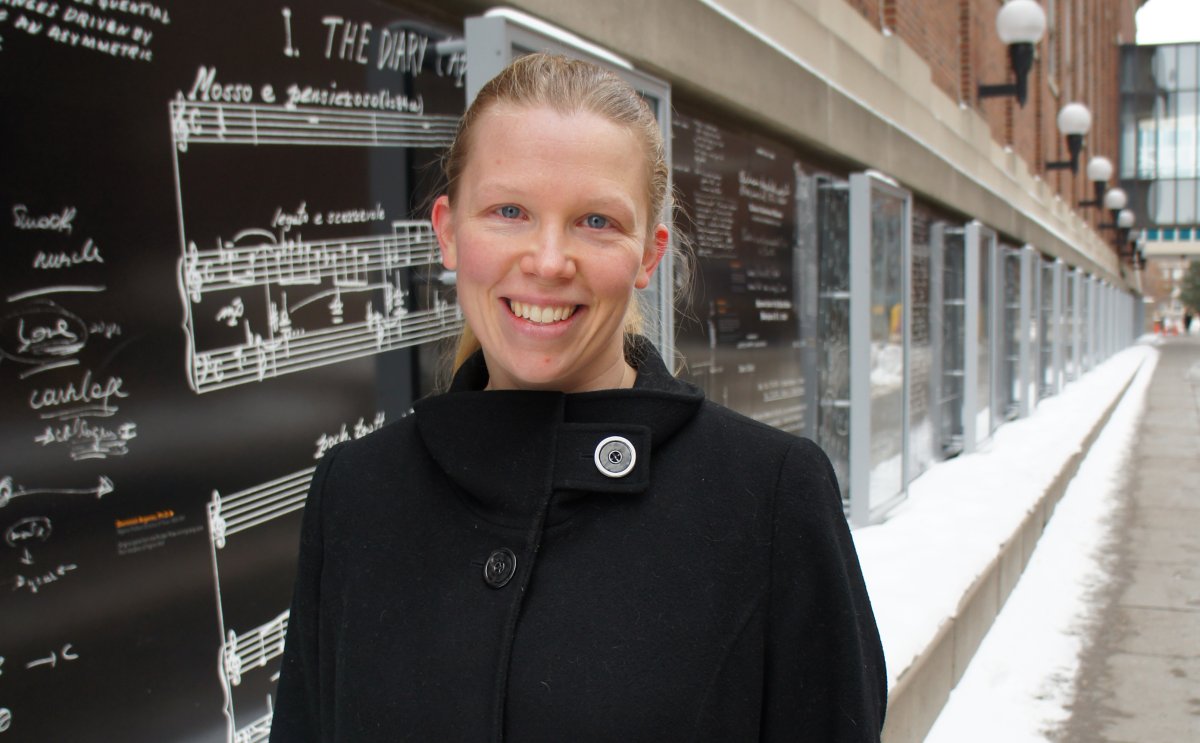
Burnell elected APS Fellow
